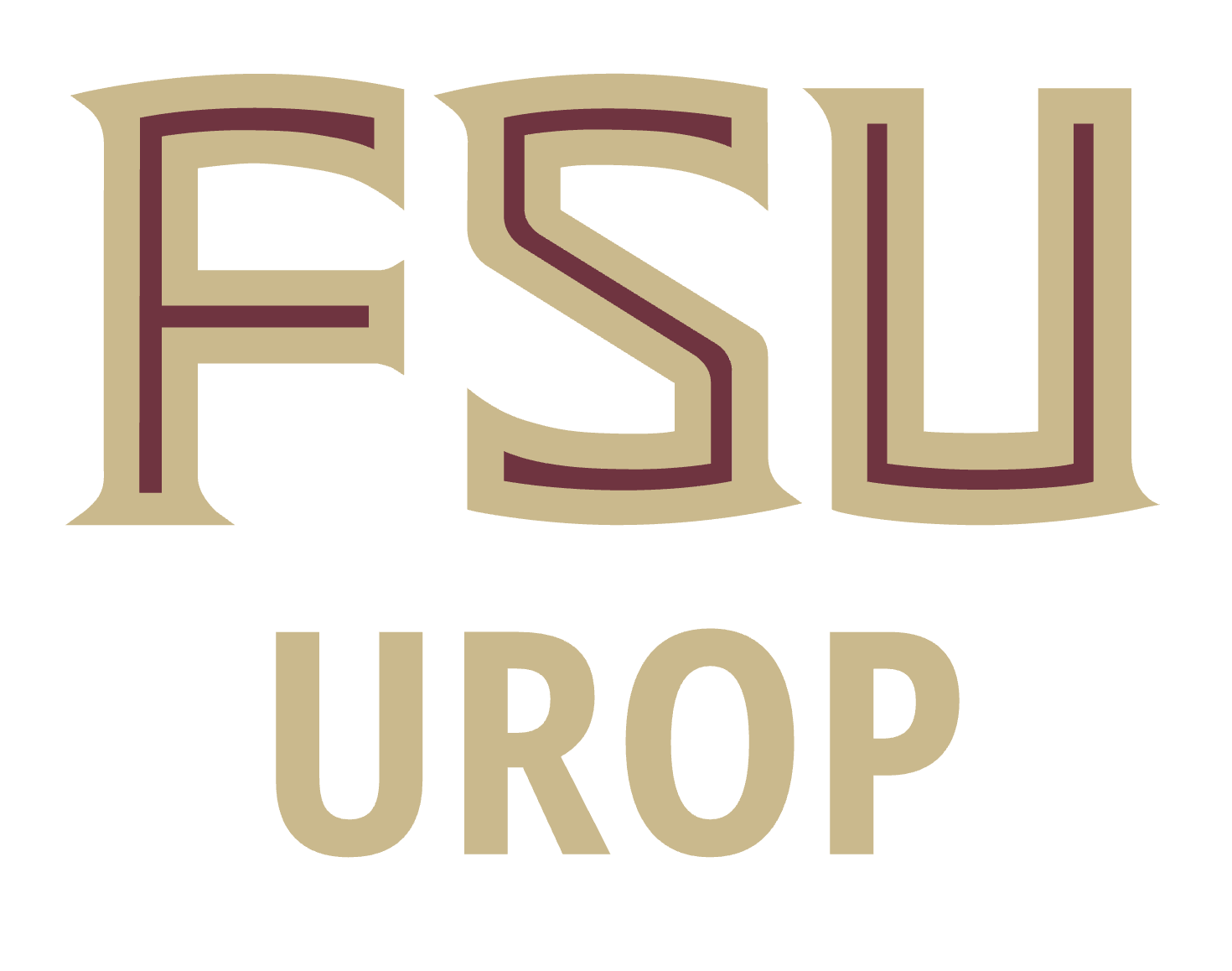UROP Project
Quantiative micrsocopy of high-temperature superconducting wires
Superconductors, microscopy, microstructure

Research Mentor: Prof. Eric Hellstrom, He
Department, College, Affiliation: Mechanical Engineering, FAMU-FSU College of Engineering
Contact Email: hellstrom@asc.magnet.fsu.edu
Research Assistant Supervisor (if different from mentor): Dr. Jianyi Jiang He
Research Assistant Supervisor Email: jjiang@asc.magnet.fsu.edu
Faculty Collaborators:
Faculty Collaborators Email:
Department, College, Affiliation: Mechanical Engineering, FAMU-FSU College of Engineering
Contact Email: hellstrom@asc.magnet.fsu.edu
Research Assistant Supervisor (if different from mentor): Dr. Jianyi Jiang He
Research Assistant Supervisor Email: jjiang@asc.magnet.fsu.edu
Faculty Collaborators:
Faculty Collaborators Email:
Looking for Research Assistants: Yes
Number of Research Assistants: 1
Relevant Majors: Engineering, Physics, Chemistry
Project Location: On FSU Main Campus
Research Assistant Transportation Required: Remote or In-person: In-person
Approximate Weekly Hours: 10, During business hours
Roundtable Times and Zoom Link:
Not participating in the roundtable
Number of Research Assistants: 1
Relevant Majors: Engineering, Physics, Chemistry
Project Location: On FSU Main Campus
Research Assistant Transportation Required: Remote or In-person: In-person
Approximate Weekly Hours: 10, During business hours
Roundtable Times and Zoom Link:
Not participating in the roundtable
Project Description
High-temperature superconducting wires, which are about 1 mm in diameter, can carry more than 1000 A at liquid nitrogen temperature (4.2 K), whereas the copper wiring used in buildings is only rated to 20-30 A. Inside these wires are about 1000 filaments of the superconducting material. The project is to polish the wires to expose the filaments and then use image analysis of optical and scanning electron microscope images of the filaments to quantify the geometry of the filaments. The goal is to determine how the geometry of the filaments affects the amount of electrical current the wires can carry.Research Tasks: Grind and polish samples; optical microscopy of samples; analyze images of samples using commercial software to quantify the geometry of each filament in the wire; use statistical analysis to compare the geometry of different wires and their current carrying capacity
Skills that research assistant(s) may need: Required: Patience; perseverance, good fine motor skills, inquisitiveness

